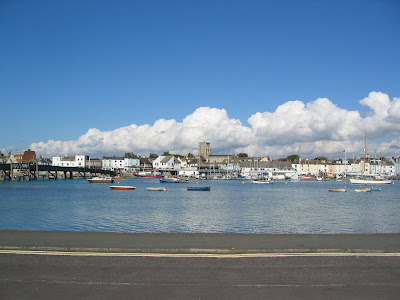My resume looked pretty good, but still lacked one very important requirement for me to move ahead. I lacked flight time in turbine powered helicopters. I had a few hours here and there, but none of this time involved actual working conditions. I had a good friend Don Miles in Long Beach, CA that flew a Bell Jet Ranger for John Wayne and he would give me a little stick time when he could. Most helicopters at that time operated the same. Same flight controls, but the turbine engine offered a few changes.
The difference in cost between an internal combustion and turbine engine was considerable. It is very easy to mis-manage a turbine engine and the cost for repairs amounts to thousands of dollars. The bottom line, you have to have this experience before you can expect to be flying helicopters powered by turbine engines.
After applying for a few positions in the Southern California area, I could see this turbine experience was going to be a real issue with most helicopter operators. More and more turbine powered helicopters were now being used, and more and more Army helicopter pilots were returning after their enlistments were finished. These guys were great pilots and had the turbine time to boot. Again, this is not going to be easy.
I was doing a few flights for the city of Lakewood, CA flying their police helicopter for the Los Angeles Sheriffs department. Also, doing some flight instruction for a helicopter company that was located at the Torrance, CA airport. These were just part time jobs, but at least I was keeping busy. I was now an FAA designated pilot Examiner for the FAA office in Santa Monica, CA. I was able to charge a fee for each flight test given.
 |
| Bell BH-206 Jet Ranger III |
I decided to go to the Bell Helicopter factory, which was located in Dallas, TX for one week and get a check out at their school for the Bell Jet Ranger. A week of ground school and several hours of flight time. This would be at a considerable expense to myself and money I hated to spend while I was not working. It was a good decision and paid off in spades. The factory school is by far the best training you could receive in the world. They have a staff of flight instructors that demonstrate the use of their product to the Nth degree.


























